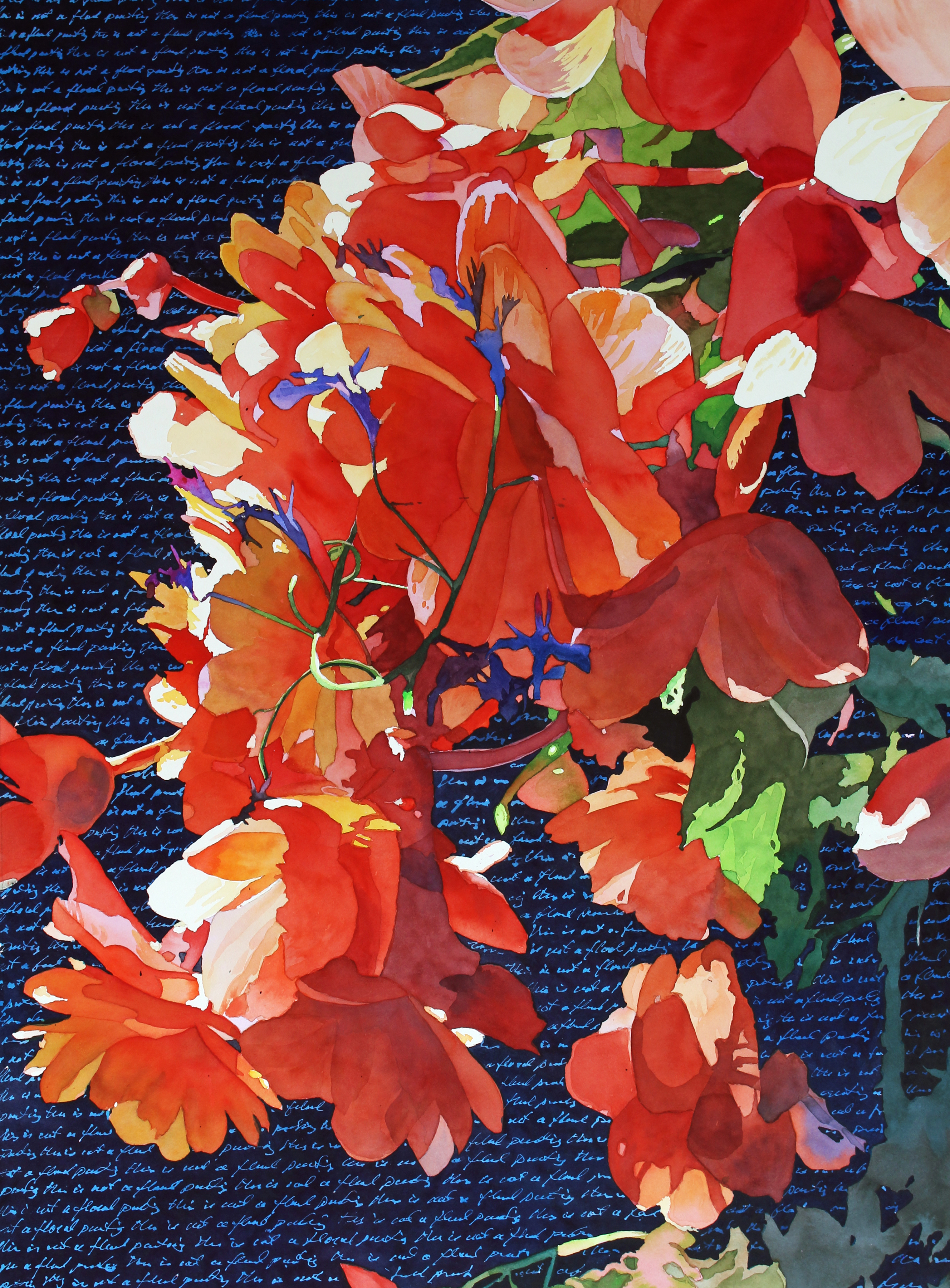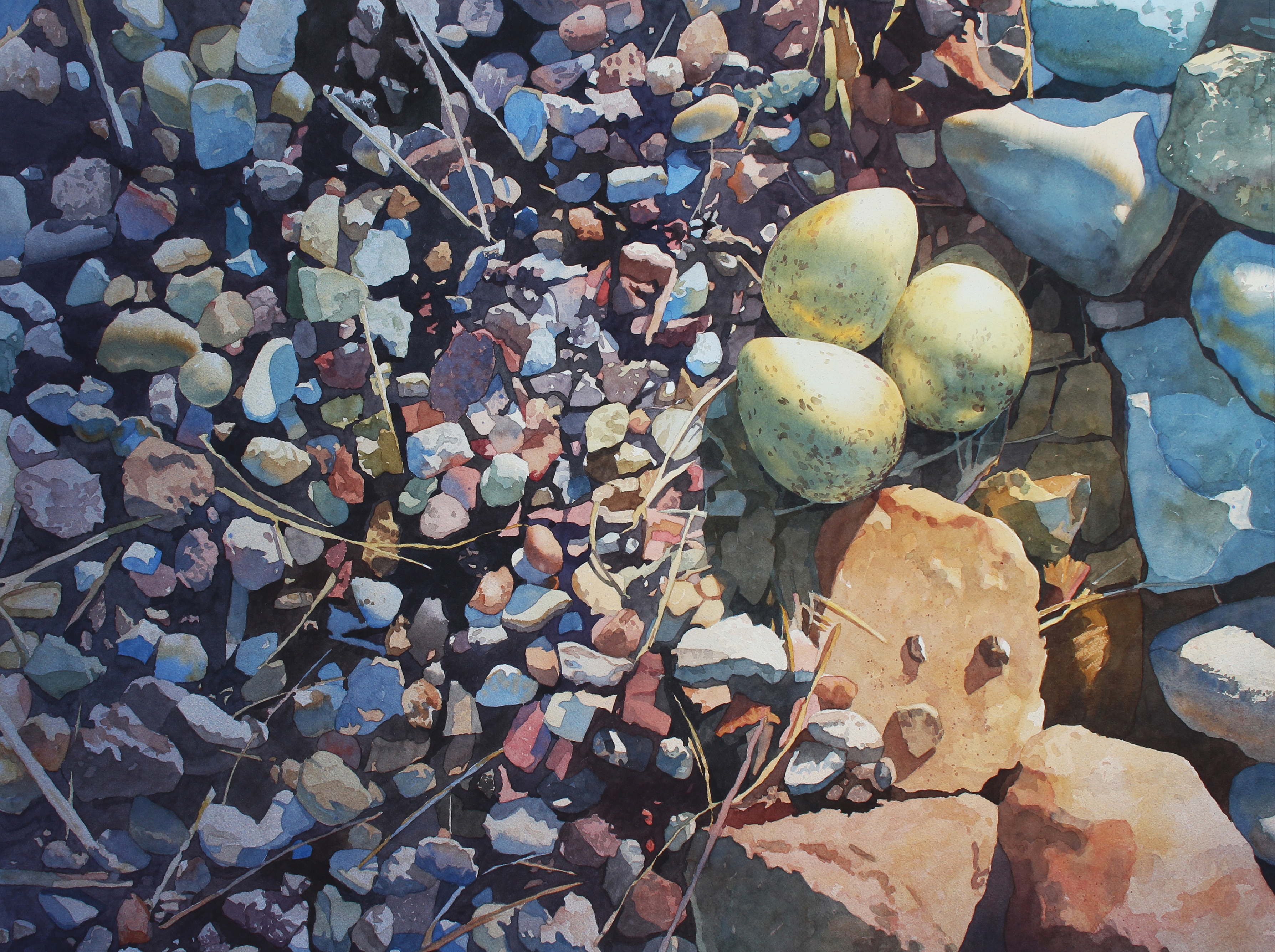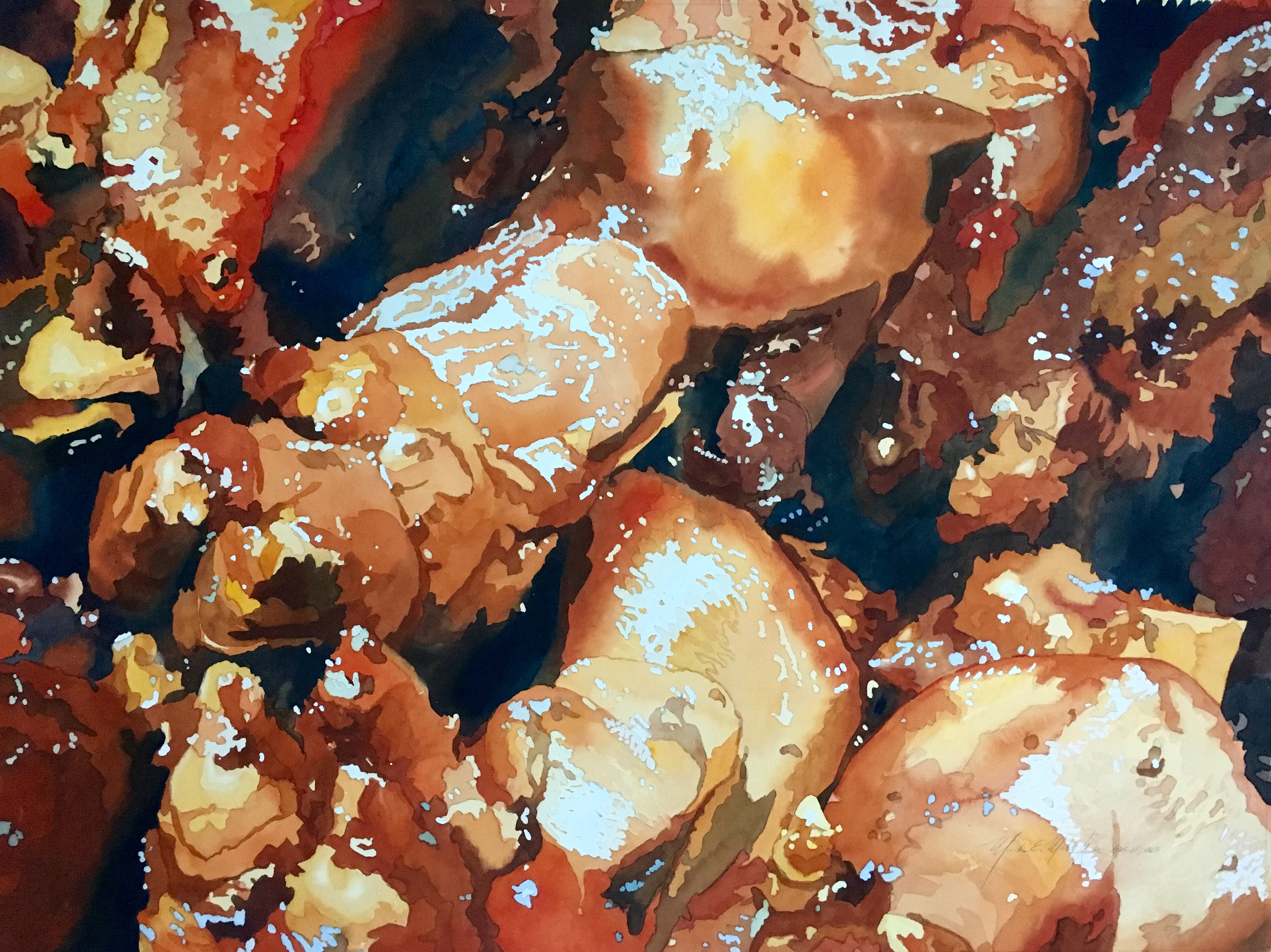
I read every publication that has anything to do with my favorite medium: watermedia (that includes transparent watercolor, gouache, and acrylic, which are all mixable with water). Most of what I read centers on the “how-to.” How to stretch paper; how to handle water, drying time, and brushstrokes; how to paint wet-into-wet; how to glaze; and how to paint trees, mountains, or water. You get the idea. The list is endless. There is a wealth of information about how to do what we do.
But let’s assume you know most of that. You’ve figured out how to apply paint. You know how to make things look more or less how you want them to look. Then what?
It’s the “then what?” that I see as as struggle for some painters. Yes, I do appreciate those artists who are highly skilled in the craft of painting. I can tell if someone has a good grasp of how to handle water, paper, brush, and paint. I can tell if someone has studied the elements and principles of design and has made an effort to apply them to their work. A study of design can open pathways to a more concise visual statement. The way we arrange shapes and assign values to those shapes based on importance can lead the eye through a composition and enhance the visual excitement. All of this can make for a stronger painting.

Practicing, acquiring skills, and studying design will all lead to better paintings. But what we really want to do are great paintings. We want to say “wow,” and hear others say “wow.” To achieve that, there has to be more.
That “more” is your connection, your story, your emotion, your content. You have to get personal. Decide what is really important to you. Decide what you really want to say visually. Remember that if you think something is beautiful, other painters do also. What will be different about what you have to say? If you pour your heart out in your paintings, the viewer will feel that. If you have strong ideas (visceral, intellectual, emotional, conceptual, social, political) and you work to include those in your work, then the viewer will share in that experience. Content is key.
Museums are filled with paintings that make the viewer think, feel, laugh, cry, or recoil in disgust. These works involve the viewer. Now, you may not want to live with a painting that makes you feel disturbed, but my guess is that selling the work was not a consideration to the artist who created it. They were making a personal statement.

Making art is about having an idea that sparks creativity. Creative ideas marry with creative solutions to the problems that occur during the course of creation, and involve both the maker (you) and the viewer. The most important viewer, however, is YOU. Make sure that you love what you do. Paint for yourself. If you love it, others will, too.
Examine your motivation for painting. Be honest. Do you paint for profit, fame, to change the world, for the love of process? Your answer (or answers) will determine both your method of painting (the how-to) and your content. Do your best to marry the two. Technical prowess without anything to say is just showing off. Having a strong message, but taking no consideration for craft, is self-limiting. Sort of like trying to eat a popsicle without the stick—a bit messy.

In all four paintings shown here, I first got the IDEA, then married the idea with CONTENT that seemed to fit.








Dear Mark,
Thanks so much for this article. The concepts shared are inherent in my own thinking, and have been more insistently as I continue to strive to create paintings that are technically sound and personally satisfying. I seldom paint with the intent to sell the work. I often choose subject matter that may not appeal to the average viewer. Subject matter that interests and challenges me is my prime motivation. At this stage, I am still so connected to my originals that I find it much easier to part with prints! I paint because I love to paint.
I really appreciate the tips! Thanks to each artist who takes the time to share with us who always learning.
Mark, after reading this article, I understand even better why certain works of art draw me in. Love “This Is Not a Floral Painting.” First the colors, then the way the light plays with the colors.
Mark, This article is wonderful. I’ve been thinking about “light” a lot lately and how important it is and how I want to make interlocking shapes of light and dark the stars of my work. I’ve been doing a lot of plein air painting and the light patterns are so important. You put into words some things that have been rolling around in my head but I was unable to analyze properly. Thank you.
Thanks for reposting this Mark. Lots of good stuff to think about.
Hi Mark!
Great article as usual. Have you tried water mixable oils? I got the Charlie Hunter DVD. Really great affects! I really like it!
Mark Mehaffey, perfect timing for me as I have been contemplating this very topic. Thank you for being such an outstanding creative, technical instructor and thought provoking mentor for all striving artists! Now for some deep self scrutiny!